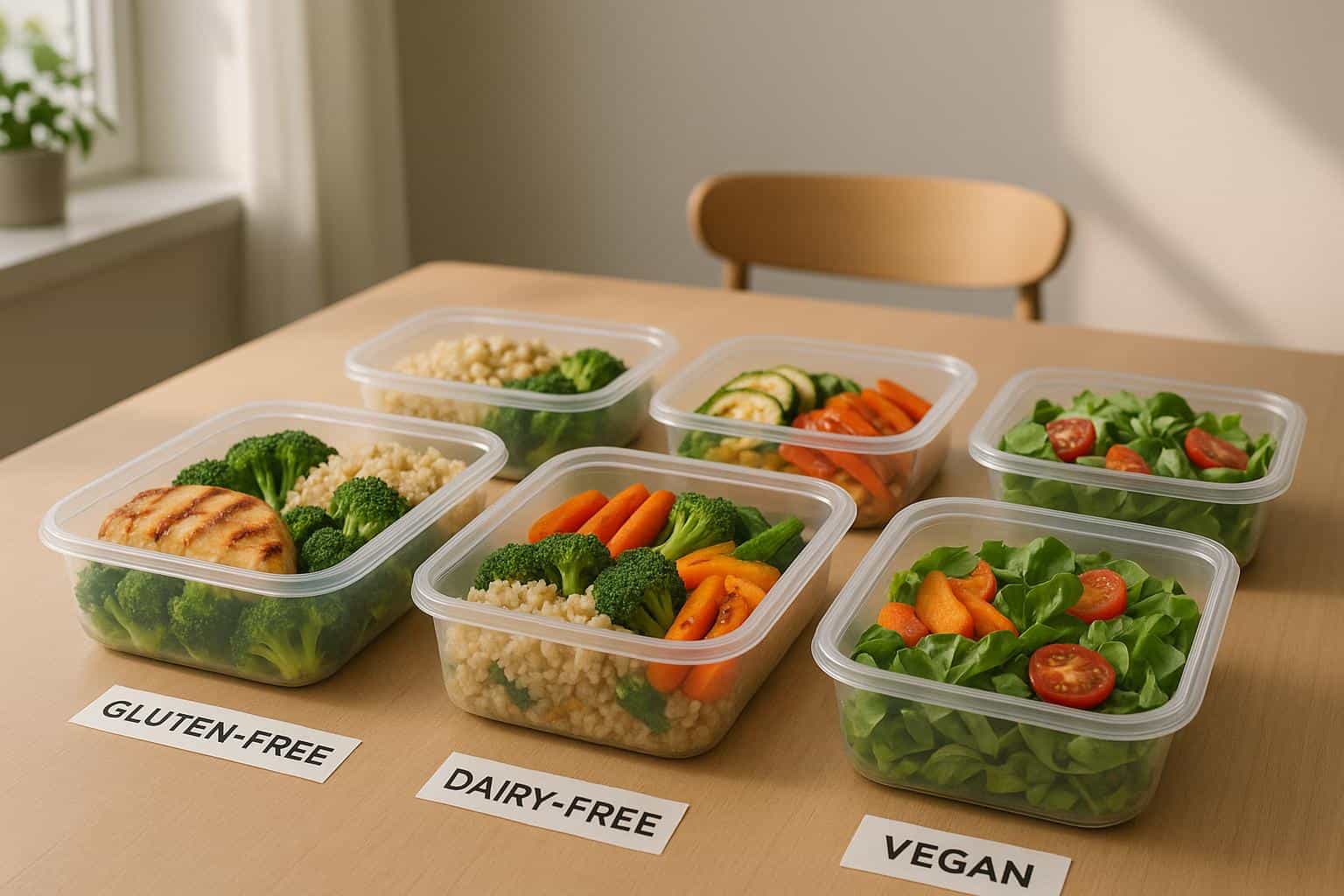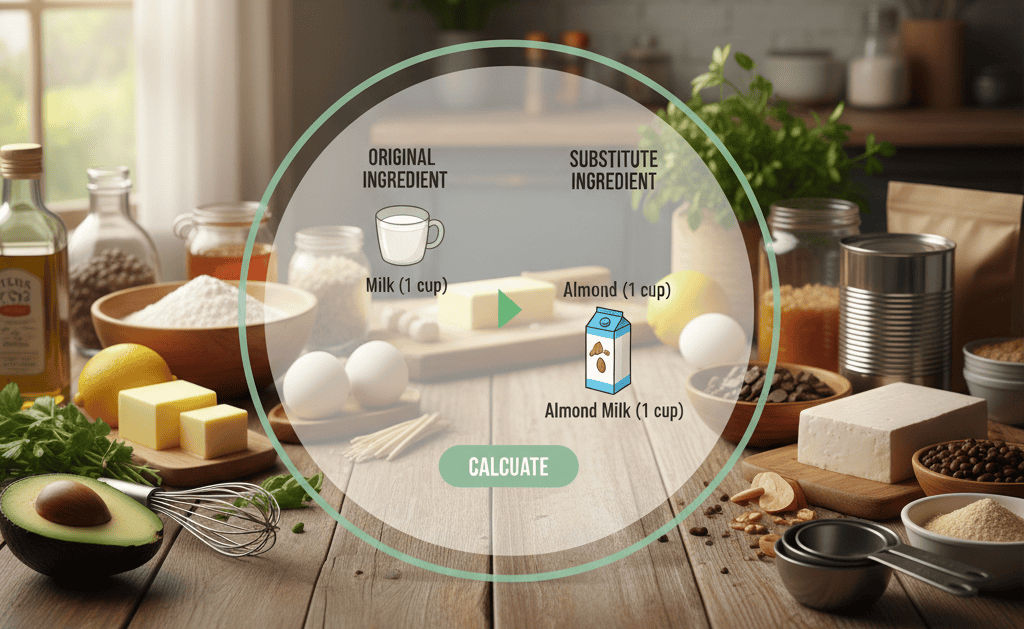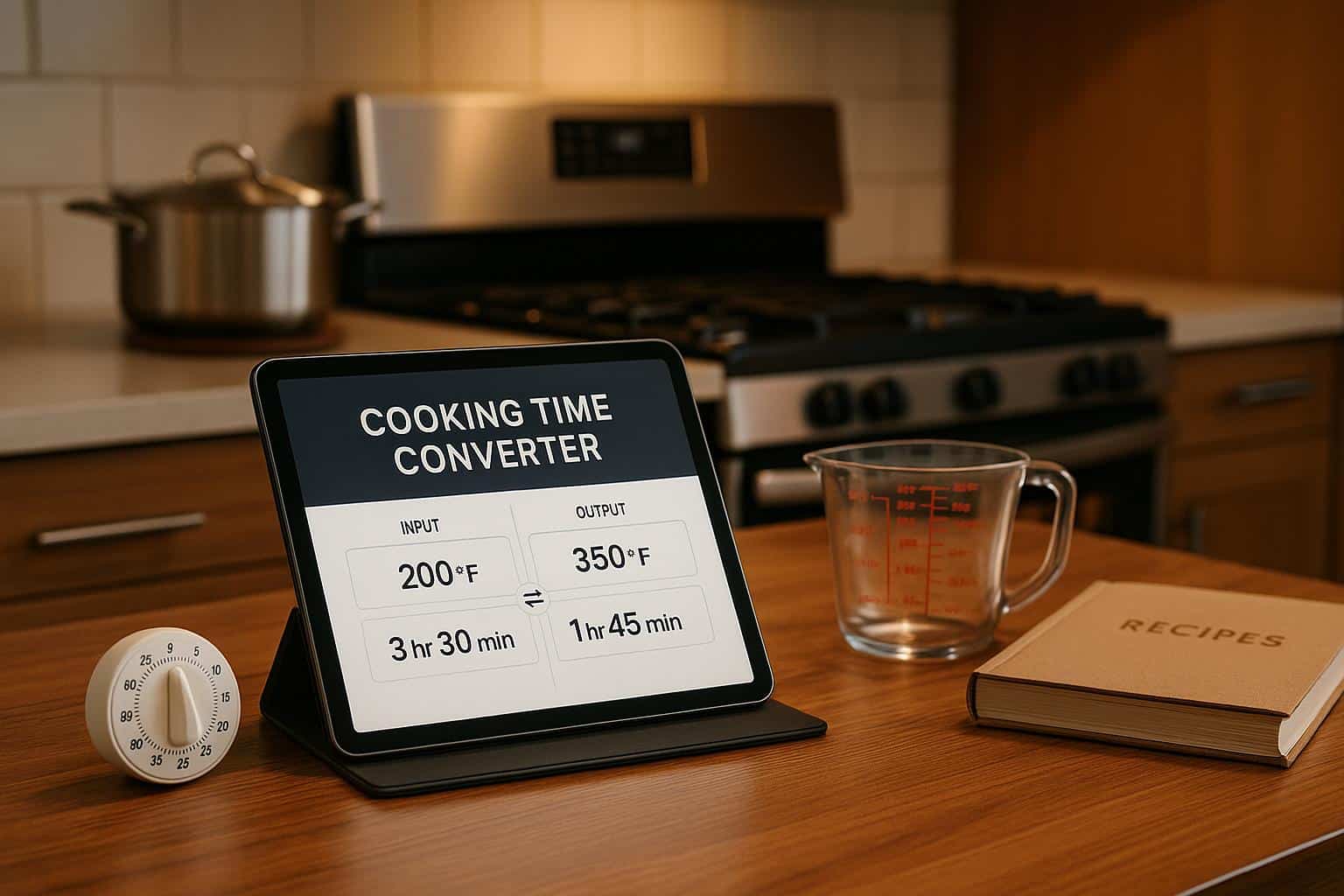Struggling to organize your recipes? Whether you prefer the charm of handwritten notes or the convenience of digital apps, choosing the right storage method can simplify your cooking process. Here’s what you need to know:
- Paper Storage: Offers sentimental value, easy note-taking, and no tech dependency but is prone to damage and harder to search through.
- Digital Storage: Provides fast search options, cloud backups, and advanced features like meal planning but can face technical issues and subscription costs.
- Hybrid Approach: Combines the best of both worlds – preserve family recipes on paper while digitizing for easy access and sharing.
Quick Comparison Table:
| Feature | Paper Storage | Digital Storage |
|---|---|---|
| Usability | Always accessible, no tech needed | Requires devices, may need hands-free setup |
| Durability | Prone to wear, no backup | Long-lasting with backups |
| Cost | One-time material cost | Apps may charge subscription fees |
| Searchability | Manual search required | Quick keyword searches |
| Sharing | Physical copies or scans | Instant sharing via apps |
| Customization | Handwritten notes | Easy editing and scaling |
A mix of both methods works best for most home cooks. Read on to find out which system fits your cooking style!
Best Recipe Organizer Apps: iPhone & Android
Paper Recipe Storage Methods
Even in today’s digital age, many people still prefer the tactile charm of traditional recipe storage. In fact, as of 2021, 58% of US adults continue to use physical cookbooks or recipe cards.
Benefits of Paper Storage
Paper-based recipe storage offers some distinct perks. Handwritten recipes allow for quick notes and are always accessible – no Wi-Fi required. The layout of physical recipes also makes it easy to scan through a collection at a glance. Plus, these recipes often carry sentimental value, evolving into treasured family keepsakes handed down through generations.
Limitations of Paper Storage
Of course, paper recipes have their downsides. They’re prone to spills, tears, and other damage. For instance, the New York Public Library recognized this vulnerability when it launched the Handwritten Recipe Project in May 2022, digitizing over 3,000 handwritten recipes to preserve culinary traditions. Without a solid organization system, finding a specific recipe can be a hassle. Sharing recipes often involves photocopying or scanning, and there’s no automatic backup – once a recipe is lost or ruined, it’s likely gone for good.
Common Paper Storage Systems
| Storage Method | Best For | Key Features |
|---|---|---|
| Recipe Binders | Large collections | Customizable sections, protective sleeves |
| Index Card Boxes | Compact storage | Easy reorganization, quick reference |
| Accordion Files | Magazine clippings | Portable, organized by category |
| Composition Notebooks | Daily use recipes | Simple, chronological recording |
To keep recipes safe, consider using acid-free paper and protective sleeves. Many professional chefs organize their recipes by categories – like course, ingredient, or cooking method – to make their workflow smoother. Home cooks can follow this approach by setting up clear sections with dividers or tabs for easier navigation. Regular upkeep, such as removing outdated recipes and updating indexes, keeps the system efficient.
For those who enjoy visual aids or host gatherings often, the physical nature of paper recipes can make them easier to share and visualize. Culinary students, in particular, find handwritten recipes helpful for jotting down detailed notes during practice.
Next, we’ll explore digital recipe storage options.
Digital Recipe Storage Methods
Digital recipe storage is becoming increasingly popular, with 76% of people now using their smartphones to search for recipes. This shift highlights how technology is reshaping how we plan and prepare meals.
Advantages of Digital Storage
Digital storage offers clear benefits over traditional paper-based systems. It removes the need for physical space and makes managing recipes much more convenient. Apps like Paprika even go a step further by automatically scaling recipes, helping users cut down food waste by 33%. Plus, these platforms often include features like quick search and ingredient management, making meal prep easier.
Drawbacks of Digital Storage
However, there are some downsides. Following recipes on a screen can be tricky, and technical problems like app crashes or syncing issues can interrupt your cooking process.
Cost is another factor to consider. Many apps charge for premium features. For instance:
- OrganizEat: Free basic version, with Pro features priced at $39.99 annually
- Paprika: $4.99 for mobile apps, $29.99 for desktop versions [10]
- Evernote: Premium plan costs $7.99 per month
Top Digital Recipe Apps
Several apps stand out in the world of digital recipe management, each offering unique features:
| App | Key Features | User Rating |
|---|---|---|
| OrganizEat | Photo-to-recipe, offline access, custom tags | 4.8/5 (3,000+ reviews) |
| Paprika | Recipe scaling, meal planning, cross-platform sync | 4.7/5 (27,000+ reviews) |
| Evernote | OCR scanning, web clipper, general organization | 4.4/5 (1.7M+ reviews) |
The market for digital recipe solutions is growing fast. In 2020, the global digital recipe box market was valued at $342.5 million, with projections of a 13.2% annual growth rate through 2028. Emerging features like AI-based recipe suggestions and compatibility with smart kitchen devices are making these tools even more practical. These developments provide a strong contrast to traditional paper-based methods.
sbb-itb-6688478
Paper vs Digital: Direct Comparison
Paper and digital recipe storage methods each have their strengths, depending on how you like to cook. Here’s a side-by-side breakdown to help you see how they stack up.
Feature Comparison Chart
| Feature | Paper Storage | Digital Storage |
|---|---|---|
| Kitchen Usability | Easy to use in the kitchen – no tech required | Accessible on devices but may need hands-free setups or careful handling |
| Recipe Finding | Searching takes time; you’ll need to flip through pages | Quick keyword searches and filtering make finding recipes effortless |
| Durability | Can last decades if stored well, but prone to physical wear or damage | Long-lasting with backups, though technical issues can arise |
| Cost | One-time cost for materials | May include subscription fees for apps or cloud storage |
| Sharing Capability | Requires photocopying or scanning | Instant sharing via email, messaging, or apps |
| Storage Capacity | Limited by the space you have | Virtually unlimited storage for recipes |
| Customization | Handwritten notes and basic reorganization | Easy editing, scaling, and unit conversion |
| Backup Options | Physical copies are the only backup | Cloud storage and syncing across devices |
| Integration | Works with basic tools like planners | Syncs with meal planning and grocery list apps |
Best Method By User Type
- Professional Chefs often rely on digital tools like ChefTec for quick scaling and organized storage but keep paper copies handy for in-the-moment kitchen use.
- Home Cooks enjoy apps like OrganizEat and Paprika for meal planning and grocery lists. However, many still prefer paper recipes for everyday use.
- Food Bloggers typically blend both methods, using digital platforms for publishing while jotting down recipes on paper during development.
- Cookbook Collectors can combine their love for physical books with digital indexing tools like Eat Your Books to make searching easier.
- Meal Preppers, especially younger generations, lean toward digital options that simplify planning and organization.
This comparison shows why many cooks choose a mix of paper and digital storage to get the best of both worlds. A hybrid approach lets you enjoy the convenience of technology while preserving the charm of traditional methods.
Using Both Paper and Digital Methods
Combining paper and digital storage creates a system that’s both practical and easy to manage. A 2022 survey found that 62% of home cooks now use a mix of paper and digital methods to organize their recipes. This approach blends the reliability of traditional paper with the convenience of modern technology, creating a more efficient way to manage recipes.
Mixed Storage Solutions
Looking to digitize your paper recipes? Smartphone apps like OrganizEat make it simple to preserve your originals while also letting you search and share recipes instantly. For an added touch, try attaching QR codes to your paper recipes. These codes can link to helpful extras like video tutorials or ingredient scaling tools.
If you have a cookbook collection, tools like Google Drive can help you manage it digitally. Create a master spreadsheet that links your physical books to their digital counterparts for easy access.
Apps and Tools for Mixed Storage
Apps like Paprika are designed to make hybrid storage a breeze. They allow you to scan paper recipes, save online recipes, adjust ingredient quantities, generate shopping lists, and even print recipes when needed.
OrganizEat goes a step further with features like Snap ‘n Store, which lets you capture paper recipes quickly. It also supports importing recipes from websites, creating custom entries, cloud backups, and syncing across devices.
When choosing an app, look for one with flexible input and export options. This ensures you can move between paper and digital formats without hassle. For those with extensive paper collections, a portable scanner like NEATRECEIPTS can help you digitize and archive recipes efficiently.
Conclusion: Choosing Your Storage Method
Pick a recipe storage method that works best for your cooking habits and how you like to stay organized. While 50% of home cooks lean toward digital storage, 30% still prefer paper, and 20% use both.
Digital apps like OrganizEat are great for those who often find recipes online and need quick search options. They’re especially useful if you have a large recipe collection and want everything at your fingertips.
On the other hand, paper storage is perfect for anyone who loves the charm of handwritten family recipes or likes jotting down notes while cooking. In fact, 65% of paper recipe users say they enjoy being able to make handwritten adjustments. These preferences show how personal choice plays a big role in deciding between paper and digital.
Think about your kitchen setup and cooking style when choosing. For example, food blogger Sarah Johnson reported a 40% increase in recipe usage after switching to the Paprika app. She also saved around 15 minutes per meal prep thanks to better organization. Her comfort with digital tools made a big difference, showing how technology can simplify meal prep while still complementing traditional methods.
When deciding on a system, consider these key factors:
- Storage space: Digital options give you endless room, but paper methods require physical space.
- Backup plans: Think about how you’ll preserve your recipes for the long term.
- Ease of access: Will you need your recipes on the go, or mainly at home?
- Cost: Paper methods are cheaper upfront, but digital tools often come with extra features and flexibility.






